We all need to join the fight for nature and wildlife conservation because our planet is facing a climate and environmental crisis. What better way to start than near to our own homes? The project “Mexico City’s Wildlife” aims to achieve this by inspiring people of all ages to join this fight for life by teaching ourselves to respect urban wildlife.
Mexico City’s Wildlife is an educational and photographic project based in Mexico City (Mexico’s capital). The project consists of photographic exhibitions, school workshops, and other fun activities that promote empathy and respect towards the species we coexist with on a daily basis.
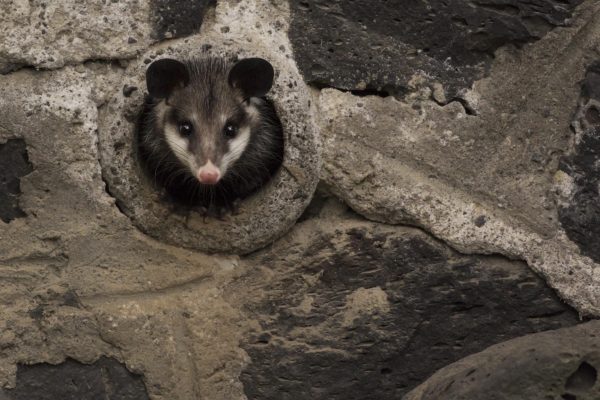
Urban opossum (Didelphis virginiana), one of the best known urban animals in Mexico City.
It all began three and a half years ago when on my way home I found a dead opossum who, most likely, had been poisoned. I felt a lot of sadness and anger and I couldn’t understand how people could kill such beautiful, harmless and important animals such as opossums.

Poisoned opossum in southern Mexico City.
By reflecting on the situation, I concluded that such acts were in fact due to ignorance and the lack of a connection to wildlife, as we’ve never been taught about the species coexisting with us in this huge city. That is why, armed with a background in conservation photography, I decided to put together science, education and photography into this project that I named Mexico City’s Wildlife.
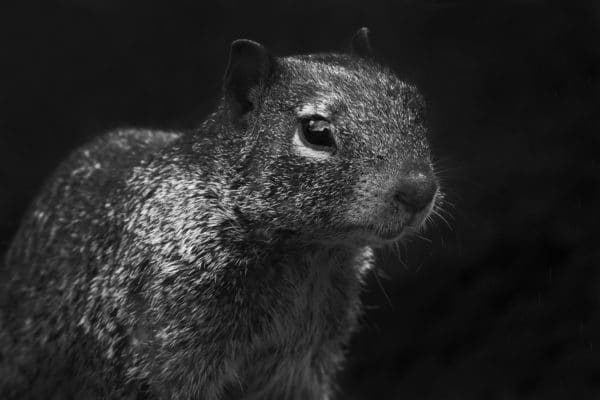
Rock squirrel (Otospermophilus variegatus) species native to Mexico, a common resident to Mexico City.
Mexico City is one of the most polluted and populated cities in the world. Therefore, many of us Mexicans believe that it is impossible for wildlife to survive among so much concrete. That is why we tend to see nature and all the troubles it faces, as something so far away and foreign to us.

Dusky rattlesnake (Crotalus triseriatus), one of the many rattlesnake species that can be found in Mexico City.
However, this couldn’t be less true! Mexico City is home to 2,254 different wildlife species, from helminths to mollusks, insects and arthropods, amphibians, reptiles, mammals and birds. One of the key aspects citizens have found interesting about this project is that it has shown them how close we actually are to these wild species. People enjoy learning that some famous spots for recreation and entertainment in Mexico City are actually unique ecosystems home to many species, even endemic ones, that cannot be found elsewhere. For example, Xochimilco (a borough is in the south-eastern part of the city) and its wetlands is home to the emblematic and endangered axolotl (Ambystoma mexicanum), or the Pedregal de San Ángel (a residential area in southern Mexico City) is home to the pedregal tarantula (Aphonopelma anitahoffmannae).
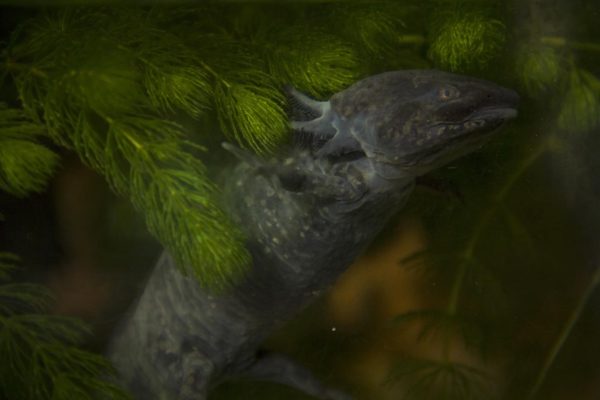
Axolotl (Ambystoma mexicanum) is a species endemic to the wetlands of Xochimilco.
Using my camera, I started documenting as many urban species as possible. Sometimes we underestimate the power of art, yet we have to remember its capacity to shake consciousness awake. I join my photography together with science and education in photographic exhibitions, school workshops and talks. By doing so I am hoping to create the empathy in people towards the non-human animals residing in this city.
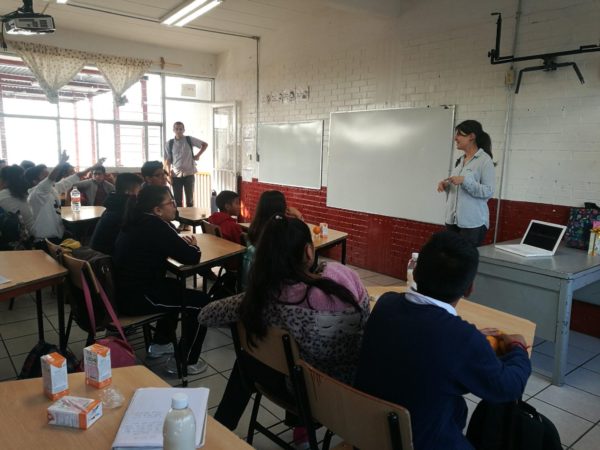
Workshop on Mexico City’s Wildlife project at Josefa Ortiz’s elementary school.
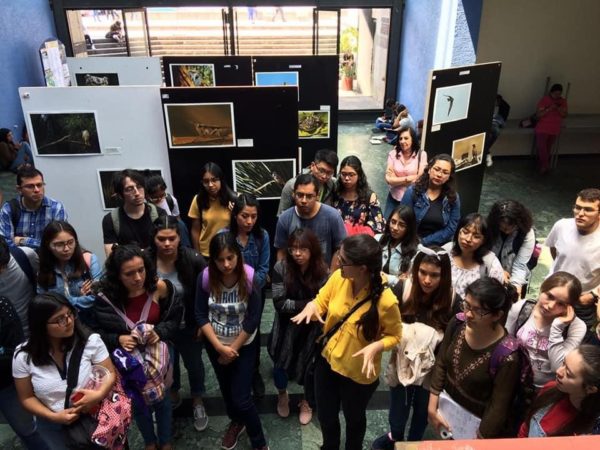
Photo exhibition of “Mexico City’s Wildlife” at the National University’s Faculty of Sciences.
Fortunately, each day there are more and more defenders of nature and wildlife, from all ages and backgrounds. We understand that this world does not belong only to humans, and that if we don’t raise our voices, our own future is at stake. Through photography, science and environmental education, I will keep teaching and inspiring society, especially children, to fight for all wildlife, including urban species. I am hoping to plant a seed of change that is so greatly needed by wildlife conservation efforts in Mexico.
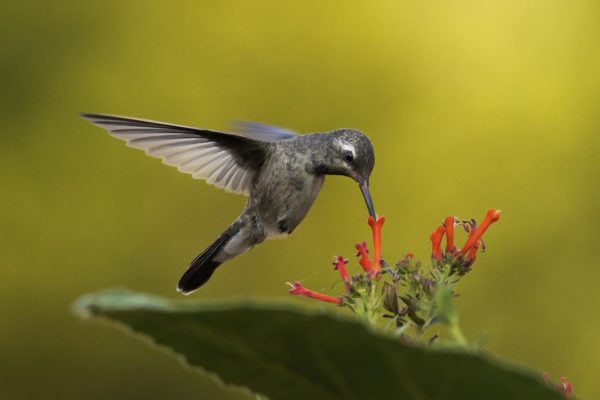
Female broad-billed hummingbird (Cynanthus latirostris) busy pollinating our urban flowers and gardens.


